Dau Go Cave
Floating on the emerald water, Đầu Gỗ Island (Wooden Head Island) is amongst the most famous tourist attractions in Halong Bay. Inside Đầu Gỗ Island, tourists will find Đầu Gỗ Cave a very interesting cave.
Floating on the emerald water, Đầu Gỗ Island (Wooden Head Island) is amongst the most famous tourist attractions in Halong Bay. Inside Đầu Gỗ Island, tourists will find Đầu Gỗ Cave a very interesting cave. From afar, the cave entrance is a jellyfish look-alike 90 steps stair. Into the cave, a massive system of stalagmites and stalactites resembling stony waterfalls would make anyone feel like being one with the nature.
.jpg)
The cave has three main compartments. The first area has a curved shape which is filled up by natural light. The celling of this area is a giant oil painting describing primitive landscapes with rows of stalagmites and stalactites changing their color upon the intensity and angle of the light. Many tourists love letting their imagination go wild with all the light reflecting on those stalagmites and stalactites.
Passing the first area by going through a narrow entrance, tourists will get to the second part. It is a little bit lack of light, but it has a more intriguing ambiance of fuzzy picture formed by the harmonious combination of light and stalactites that stimulate your curiosity but also be a little bit creepy.
.jpg)
The adventure continues with a sudden discovery of the last massive. Here, there is a sacred fairy well that is said to be used by beautiful fairies descending from the heavenly kingdom.
Legends say that the name Đầu Gỗ (Wooden Head) originates from the victory of the Supreme Commander Tran Hung Dao (1228-1300) against Mongol invasion in the 13th Century on Bach Dang River by deploying booby traps of giant steel-tipped wooden stakes beneath the water. He found a away to hide all the stakes during high tides so that the Mongol could not see it. Later on, some of those wooden stakes flow to this cave and was discovered by the local people.
Đầu Gỗ Cave is proudly listed in the world famous tourism book Merveille de Monde published in France in 1938, which presents the most beautiful and worth visiting tourist attractions in the world, including Đầu Gỗ Cave under the name “Grotte des marveilles” (Cave of Wonders).
See more
-

Sung Sot Cave
Sung Sot Cave is situated on Hon Bo Island and one of the most beautiful and largest caves in Halong bay . Sung Sot Cave is filled with unsual rock formations, which are...
-
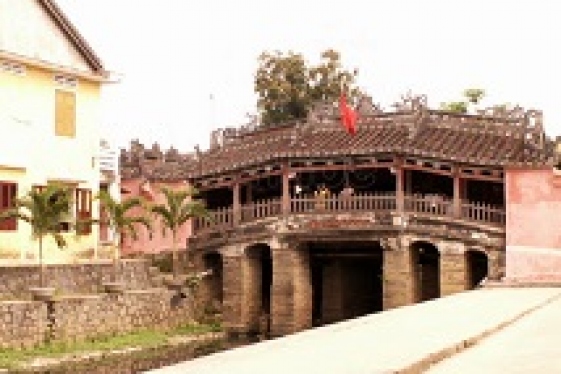
The Japanese covered bridge
The Japanese Covered Bridge or Cau Chua Pagoda (in Vietnamese “Cau Nhat Ban”) is one of the most famous tourist attractions in Hoi An, Vietnam.
-
.jpg)
Water Puppet Theatre
Water puppetry is one of typical stage art of Vietnam culture- showing the intelligence, creativeness of people; being specialty of Vietnam’s wet - rice civilization.
-
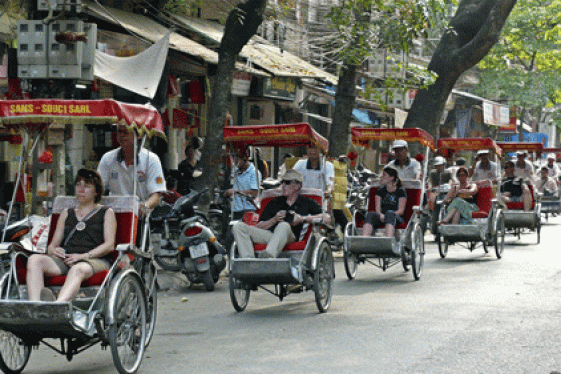
Hanoi Old Quarter
Getting to know more about the culture, custom and tradition of Hanoi absolutely will impress you so much while visiting Hanoi. One of the hottest spots in Hanoi that can...
-
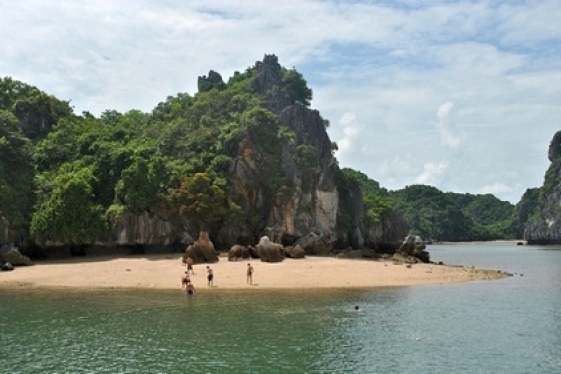
Lan Ha Bay
Located adjacent to Halong Bay, Lan Ha Bay is a peaceful bay in Cat Ba Islands system. Lan Ha Bay has about 400 large and small islands covered with green trees and...
-
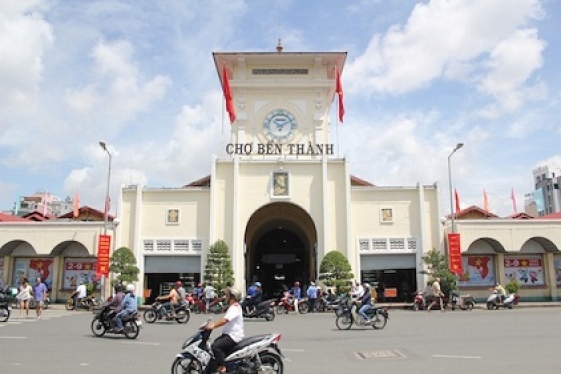
Ben Thanh Market in Ho Chi Minh
Situated in downtown Ho Chi Minh City, bustling Ben Thanh Market in District 1 is a great place to buy local handicrafts, branded goods, Vietnamese art and other souvenirs.
-

Phong Nha - Ke Bang National Park
Mother land gives Quang Binh a spectacular and pristine landscape, Phong Nha – Ke Bang national park. It is the harmony of the primeval forest and Son River, along...
-
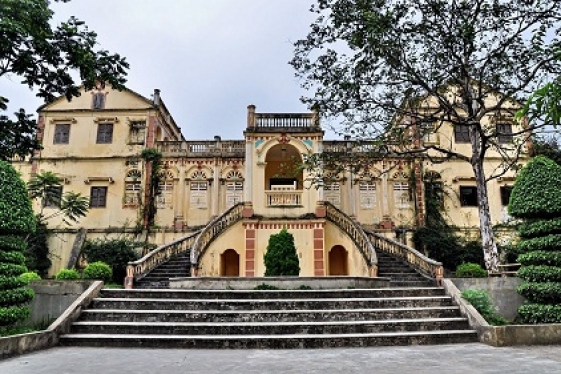
Hoang Yen Chao Castle
Hoang Yen Chao Castle is a unique architectural construction combining Eastern style and Western style. Built in the 20th century, it belongs to Na Hoi Tho Village, Bac Ha...
-
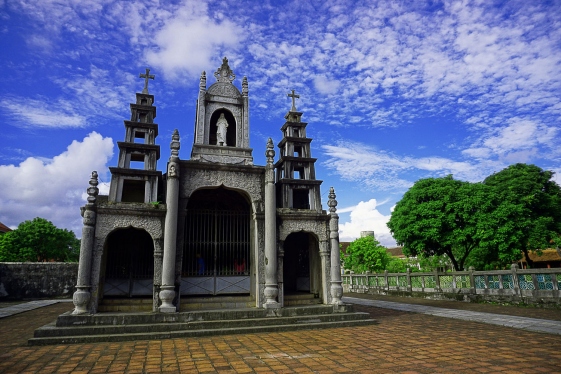
Phat Diem Cathedral
Phat Diem Cathedral is one of the most famous and beautiful churches in Vietnam with special architecture: an elegant combination of Western architectural style and...
-
.jpg)
Bac Ha market
Located about 76 km from the train station, Bac Ha is a remote district of Lao Cai province. Bac Ha market which takes place every Sunday is famous for the originality and...
Destinations
Most popular tours
-
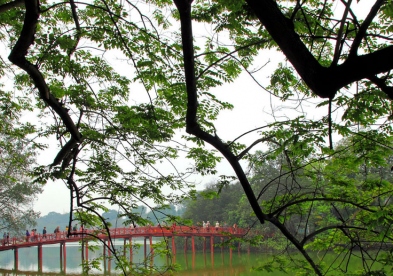
Hanoi City Tour Full Day
Price from: 25 US$
-
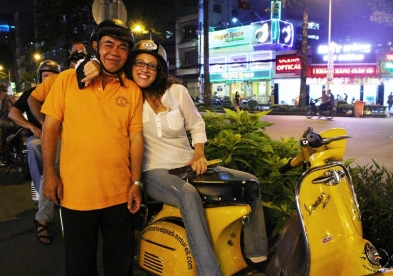
Saigon Tour by Vintage Vespa
Price from: 90 US$
-

Charm of Vietnam
Price from: 900 US$
-
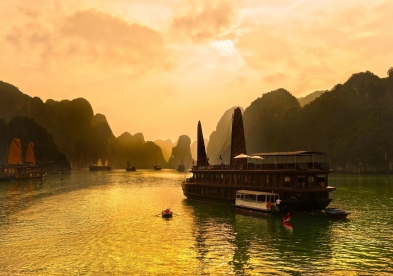
Signature Vietnam
Price from: 2.220 US$
Business info
Vietnam Local Guide
- Address: 18th Floor, VTC Online Tower, 18 Tam Trinh Str.,Hai Ba Trung Dist., Hanoi, Vietnam
- Email: info@vietnamguider.com
- Phone: (+84) 0904989890
- Hotline: (+84) 0904989890